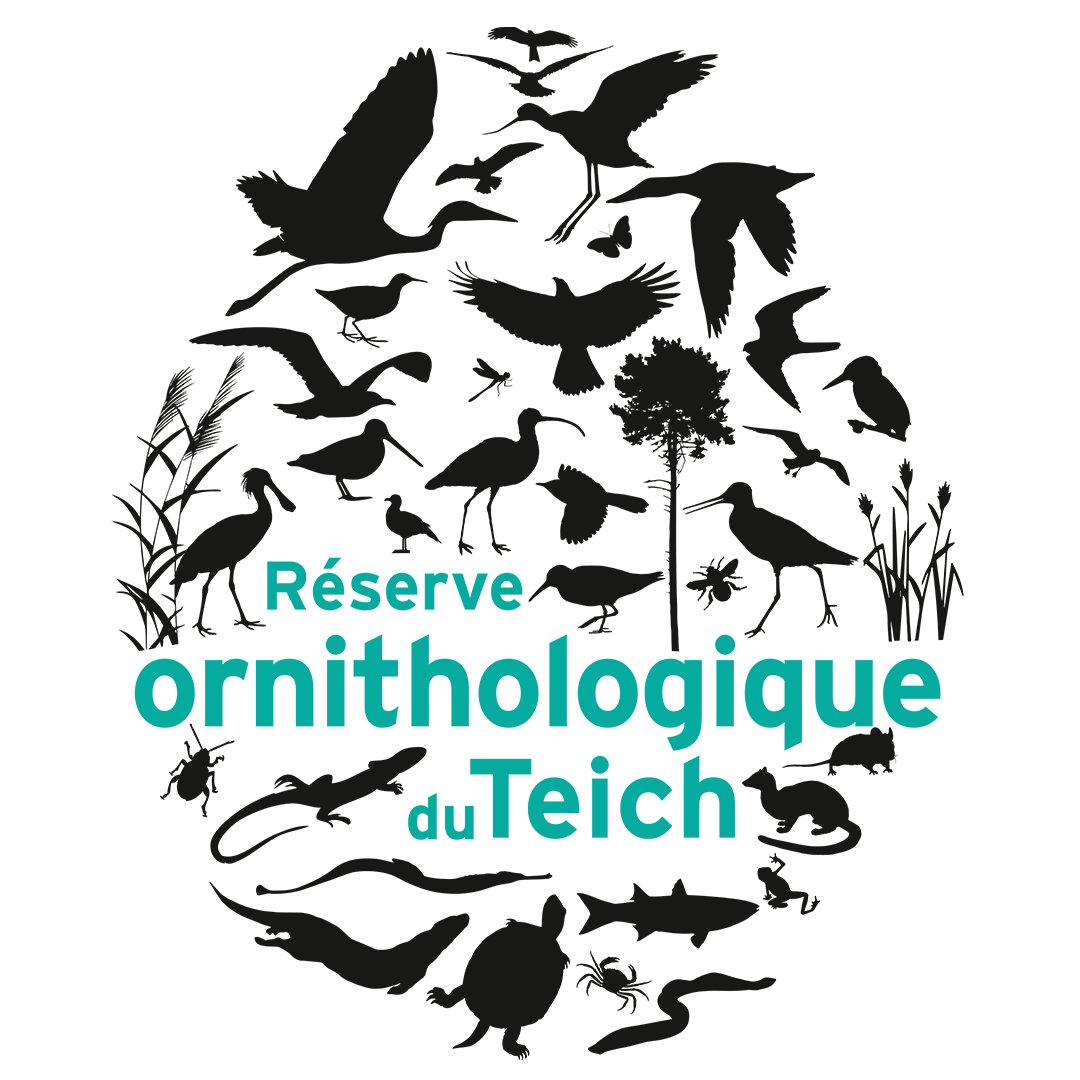Ecotourism
Teich Bird Reserve is first and foremost a place for members of the public who are interested in taking a closer look at the natural world. The reserve and its facilities have been designed in such a way so as to make it easier for visitors to observe wild birds at close quarters.
Numerous information panels offer an additional aid to understanding, revealing the secrets behind the everyday events and dramas of the natural world, sometimes as they are played out right before visitors’ eyes.
Conservation
The reserve has a highly pro-active approach with regard to the conservation and protection of the wild birds that use it. This is especially the case for species that are rare or declining in numbersand for which specific conservation measures at national or European-wide level have been put in place.
The reserve is recognized as being an internationally important site for several species of wader (hosting 1% or more of the local or global bird species population of a given species). It is also home to endangered mammals such as the European mink and the otter and contains habitat types of Community interest.
Management
As it is open to the public for more than 3,000 hours each year, the reserve’s facilities – and the reserve itself – must be constantly maintained and monitored. Vegetation grows more quickly here than elsewhere, because parts of the reserve are artificially-created habitats. This phenomenon is exacerbated by the introduction of invasive plant species.
As we want the reserve’s habitats to remain ‘bird-friendly’ and the reserve itself to be aesthetically pleasing to people, controlling the growth of vegetation is at the forefront of our concerns. The presence of various types of aquatic habitats (freshwater, brackish water and saltwater habitats), requires the performance of certain management tasks on a day-to-day basis.
Lastly, the birds are monitored, observed and counted on a very regular basis in order to keep track of any changes in their numbersand to keep the public and wildlife conservation bodies abreast of any such developments.
Education
Thousands of schoolchildren visit the reserve every year, all year round. Under the supervision of the schools, events and activities department at the Maison de la Nature du bassin d’Arcachon (an annex of the Parc Naturel Régional des Landes de Gascogne, the Landes of Gascony Regional Natural Park), they will discover all about the close-knit web of relationships connecting all living creatures, enabling them to successfully coexist.
These activities can be scheduled to run for anything from a few hours up to several days. As well as adding to their theoretical knowledge base, students of all ages will also learn how to adopt more eco-friendly attitudes and behaviours in their everyday lives.
